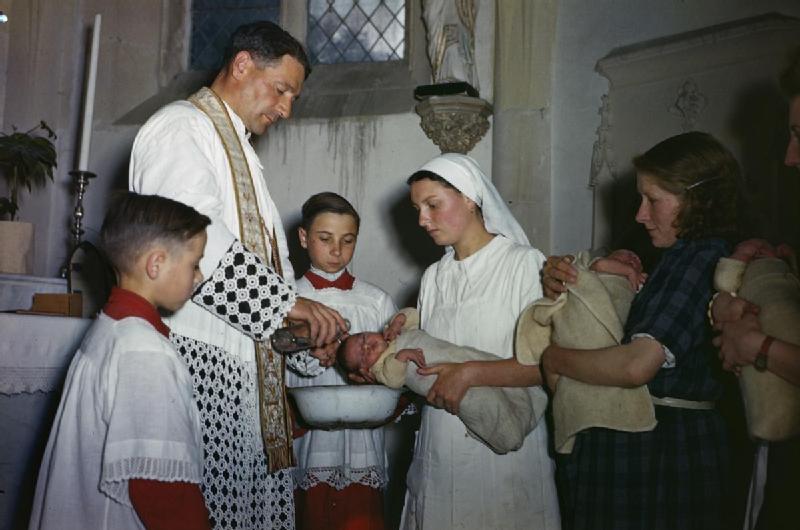The scale and complexity of the Allied D-Day landings in World War II was immense, so some shocking events were inevitable. However, the French citizens of the small quiet commune of Bénouville got a particularly nasty surprise when a British soldier turned a captured anti-tank gun on the historic Château de Bénouville, which served as a maternity hospital.
How could such a terrible thing happen, and what was the soldier’s motive?
The attack came in the context of the remarkable Pegasus Bridge assault in which British soldiers landed in Horsa gliders near several crucial bridges shortly after midnight on D-Day.
The men sent to secure these bridges were members of D and B companies, the 2nd Battalion, Ox and Bucks light infantry, Royal Engineers of 249 Field Company, and the Glider Pilot Regiment.This mission was crucial to protect the Allied flank from a potential German counter-attack after the landings were underway.
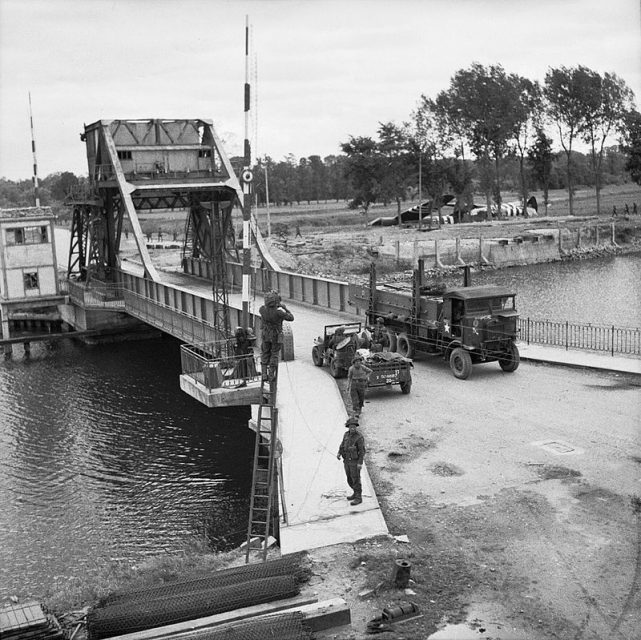
The British totally caught the Germans by surprise and quickly captured their objective. They took two casualties including Den Brotheridge, who is generally considered the first Allied casualty of D-Day. During the firefight they destroyed one German Panzer and captured an anti-tank gun. Paratrooper reinforcements from the 7th Parachute Battalion arrived at around 3:00.
However, the bridge would need to be held for hours until more reinforcements could arrive. In the meantime, they would have to hold off a German counter-attack and protect the bridges.
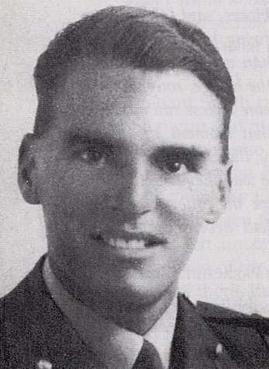
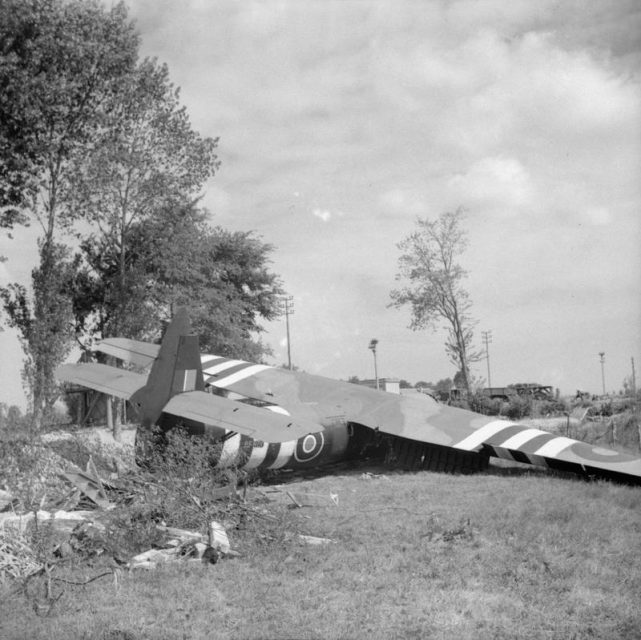
The German counter-attack came in full around 7:00 AM, around the same time the Allies began landing on the beaches. Fortunately for the British, the nearby 21st Panzer Division was not able to join the German counter-attack. As part of the German reserve they could only move upon direct orders from Hitler, who was asleep at the time.
As the sun rose German snipers became increasingly effective and the British were unable to move over any open terrain. The only countermeasure they could take was to use the captured anti-tank gun to fire on possible sniper locations.
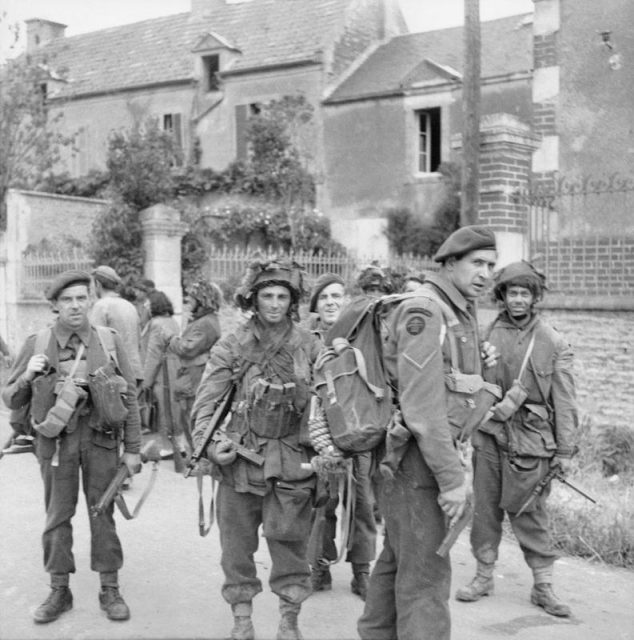
Corporal Wally Parr jumped on the gun, and with permission from his commanding officer Major John Howard he began firing on a water tower near the town that would have provided a perfect location for snipers. After hitting the tower, he noticed a nearby château and thought he saw light reflecting off something on top. Thinking that it was either a sniper’s scope or binoculars observing his position, he opened fire.
Parr shouted out “Number One Gun” and gave orders to other men operating the gun to adjust it to fire on his new target. He then proceeded to put several rounds through the roof of the Château de Bénouville. A horrified Major Howard soon rushed over and ordered him to cease fire, as the top floor of the château was used as a maternity hospital.
Fortunately, after reinforcements arrived, the battle was won, and the dust cleared, it turned out that nobody had been injured in the Château. In a twist of irony, it turned out that Madame Lea Vion, who operated the Château de Bénouville, was actually a member of the French Resistance. She used her trips for medical supplies as a cover to contact agents in different nearby cities, who then reported to the Allies.
For what it’s worth, it seems that Parr was partially correct in his assumption about the reflection of light that he thought he saw. A German lieutenant was indeed on the roof to observe the British. Madam Lea Vion had unsuccessfully tried to stop him from going to the roof.
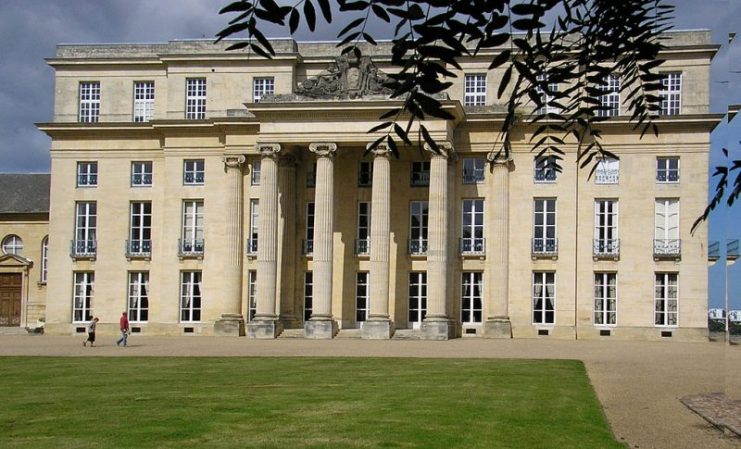
Later in the war this event was spun differently in some Allied media, largely due to assumptions about German barbarism in the war—though to be fair, these assumptions were not exactly unfounded. An American magazine reported that the Germans, out of rage and spite at losing the battle, had intentionally shelled a maternity ward during their retreat.
Later in life Wally Parr looked back on his mistake with wry amusement. He once stated in an interview that “This was the first and last time I had shelled pregnant women and newborn babies.”
Today the Battle of Pegasus Bridge is remembered as one of the most daring and heroic actions the British undertook during the war. In fact, the name Pegasus Bridge is in honor of the paratroopers’ Pegasus insignia. The original bridge, dented by a defective German bomb that was dropped on it during the battle, is preserved as part of a museum.
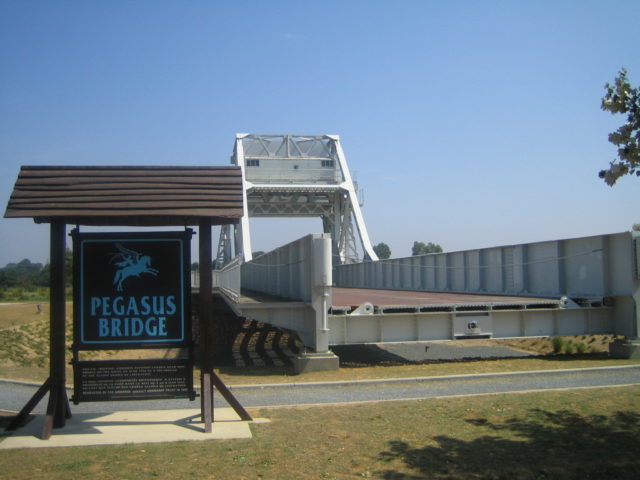
The Château de Bénouville still stands as a landmark and is a tourist attraction for both its historical significance and architecture.
Although perhaps little more than an amusing anecdote now, it is interesting how even during such a heroic and historic event mistakes like this can still happen. War truly is messy, and soldiers face difficult split-second decisions all the time. At least this one has a happy ending.
